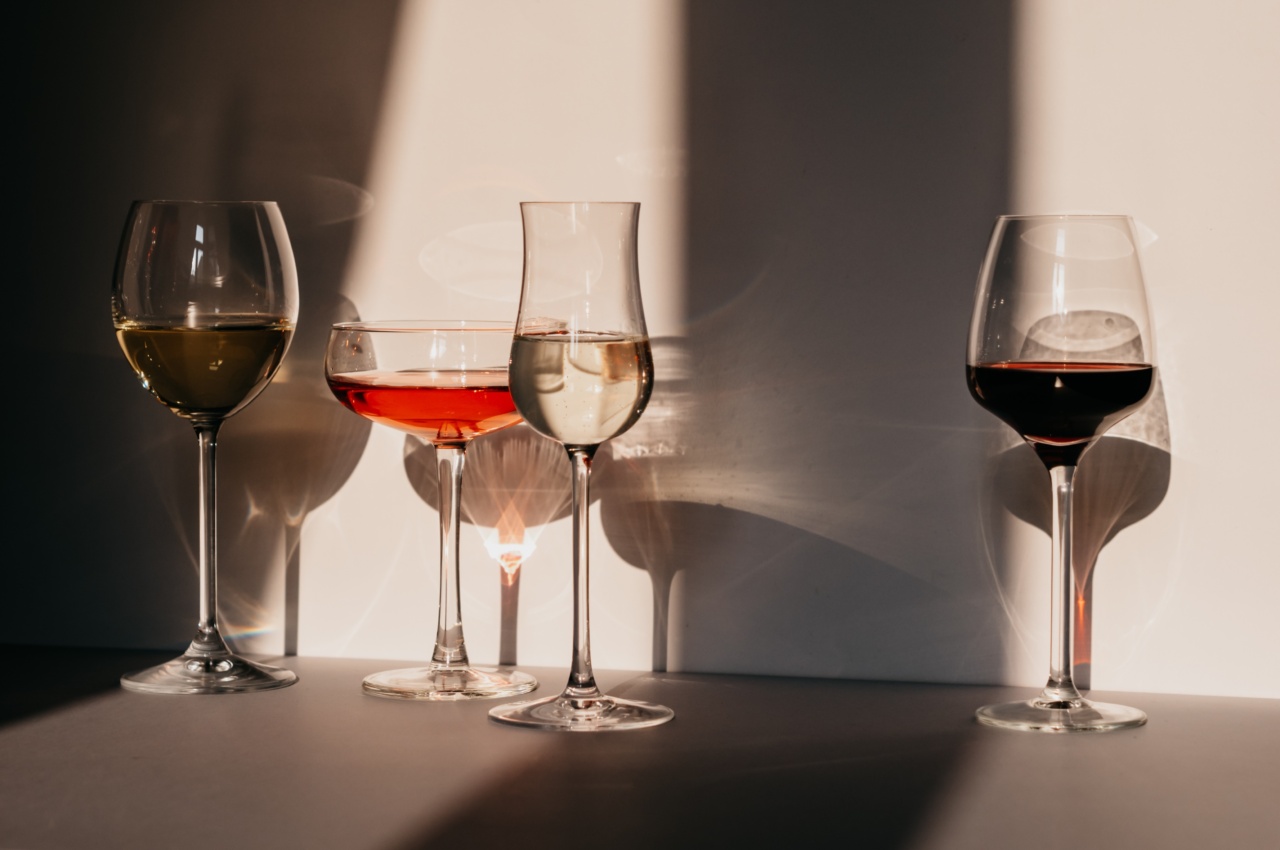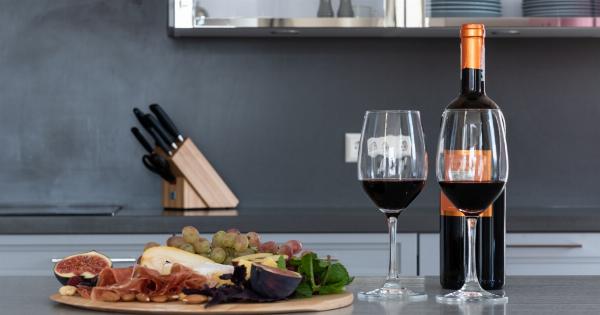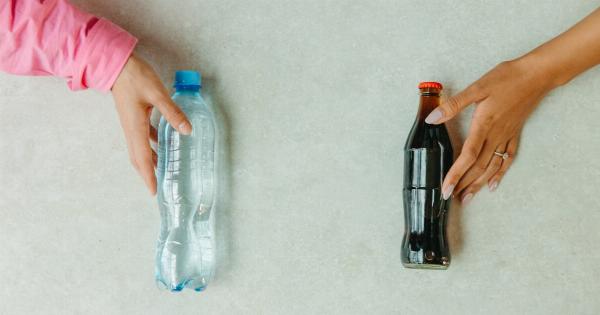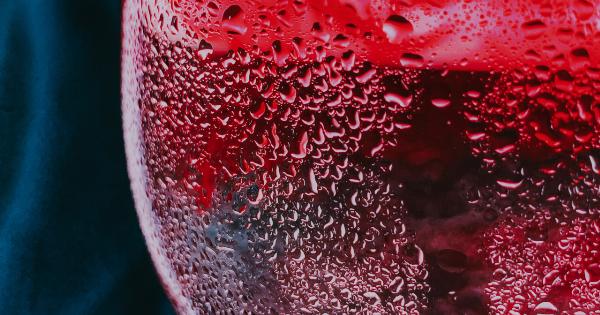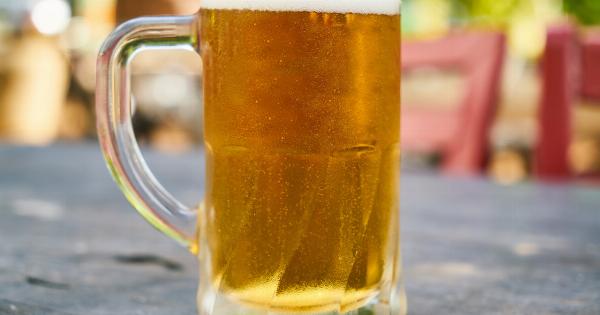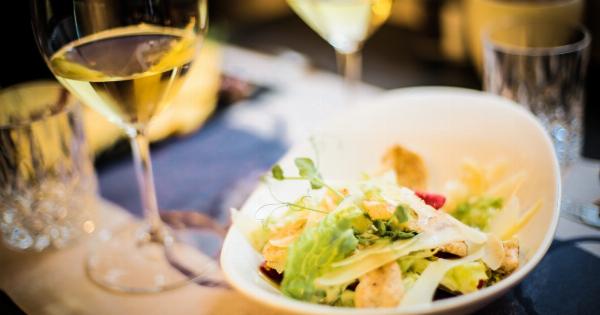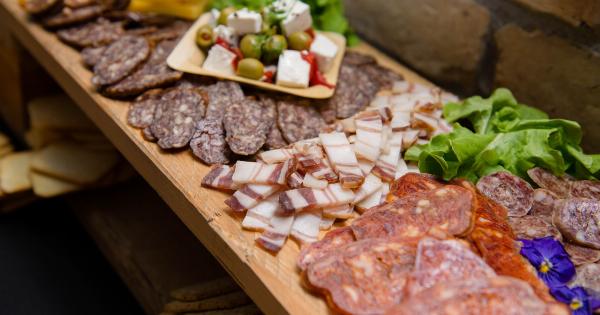Wine is not just an alcoholic beverage; it is an experience that stimulates our senses and pleases our taste buds. The taste of wine is so complex and nuanced that it has captivated connoisseurs and enthusiasts for centuries.
But have you ever wondered what makes wine taste the way it does? The answer lies in the fascinating science behind the complex taste of wine.
The Role of Grapes
When it comes to wine, grapes are the primary ingredient that influences its taste. The variety, ripeness, and quality of the grapes determine the flavor profile of the wine.
Different grape varieties have distinct characteristics that contribute to the overall taste. For example, a Cabernet Sauvignon grape will produce a full-bodied and tannic wine, whereas a Riesling grape will result in a fruity and aromatic wine.
The Fermentation Process
During the fermentation process, the natural sugars present in the grapes are converted into alcohol by yeast. This process is responsible for the creation of the distinctive flavors and aromas found in wine.
The yeast consumes the sugars and produces alcohol, carbon dioxide, and other compounds that impact the taste. The duration of fermentation, temperature, and the choice of yeast strain can all influence the flavor profile of the wine.
Influence of Terroir
Terroir refers to the environmental factors that affect the grape-growing process, including the soil, climate, altitude, and geographical location. These factors play a crucial role in shaping the taste of wine.
The characteristics of the soil, such as its composition and drainage, can determine the mineral content of the grapes, which can impact their taste. The climate and amount of sunlight the grapes receive also play a role in their level of ripeness and sugar content, ultimately affecting the flavor of the wine.
The Impact of Oak
Oak barrels are commonly used in winemaking to age and store the wine. The use of oak can significantly influence the taste and aroma of the wine. As the wine ages in the barrel, it absorbs compounds from the wood, such as tannins, vanillin, and lignin.
These compounds add complexity and depth to the wine, resulting in flavors like vanilla, spice, and toasted oak. The type of oak used, the size and age of the barrel, and the duration of aging all contribute to the final taste.
Mouthfeel and Tannins
When tasting wine, the texture and mouthfeel also play a crucial role in the overall experience.
The presence of tannins, which are naturally occurring compounds found in grape skins, stems, and seeds, contribute to the astringency and structure of the wine. Tannins create a drying sensation in the mouth and can affect the perception of flavors. Red wines generally have higher tannin levels than white wines, resulting in a more robust and gripping mouthfeel.
Acidity and Balance
Acidity is an essential component of wine that provides freshness, balance, and aging potential. The level of acidity in wine can vary depending on factors such as grape variety, climate, and winemaking techniques.
Acidity contributes to the perceived tartness or crispness of the wine and helps balance the sweetness and alcohol content. A well-balanced wine has the right amount of acidity to harmonize the other taste components and create an enjoyable drinking experience.
Aromas and Bouquet
The aroma of wine is one of its most captivating aspects. It is a result of the volatile compounds present in the wine, which are released and detected by our olfactory receptors.
These compounds can be categorized into primary, secondary, and tertiary aromas. Primary aromas come from the grape variety itself, while secondary aromas develop during fermentation and aging. Tertiary aromas develop during extended bottle aging and can exhibit characteristics like earthiness, leather, or nuttiness.
The combination of these aromas is referred to as the wine’s bouquet.
The Influence of Aging
Aging is a crucial process in winemaking that allows the wine to develop and evolve over time. As wine ages, it undergoes chemical reactions that contribute to the development of new and complex flavors.
The tannins soften, the acidity may mellow, and the various components of the wine integrate more harmoniously. This aging process can take place in bottles or in oak barrels, and the length of aging can vary depending on the type of wine and the desired outcome.
Serving Temperature
The temperature at which wine is served can significantly impact its taste. Serving white wines too cold can mask their aromas and flavors, while serving red wines too warm can enhance the perception of alcohol and reduce their freshness.
The ideal serving temperature varies depending on the type of wine. For example, light-bodied white wines are best served chilled between 8-12 degrees Celsius, while full-bodied red wines are best enjoyed at room temperature, around 15-18 degrees Celsius.
The Role of Individual Perception
It is important to note that taste is a subjective experience, and individual perception plays a significant role in how we perceive the taste of wine.
Our unique sensory abilities, personal preferences, and previous experiences shape our perception of flavors and aromas. What may be delightful to one person may not be to another. Therefore, the complex taste of wine can be interpreted and appreciated differently by individuals.
Conclusion
The science behind the complex taste of wine reveals the multitude of factors that contribute to its diverse and captivating flavors.
From the influence of grapes, fermentation, and terroir to the impact of oak, tannins, and aging, each element plays a crucial role in shaping the taste of wine. The next time you savor a glass of wine, take a moment to appreciate the intricate science at work, enhancing your sensory experience.
